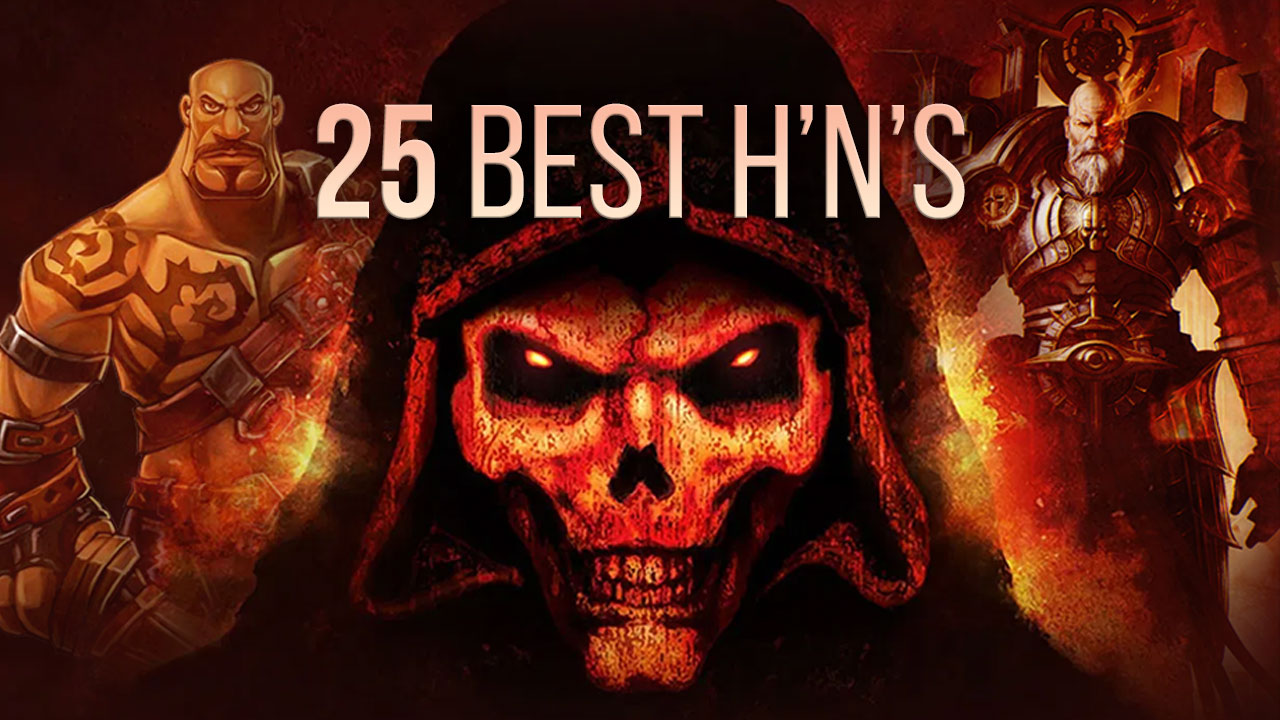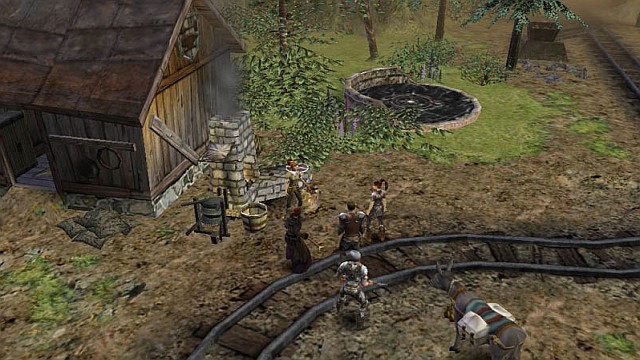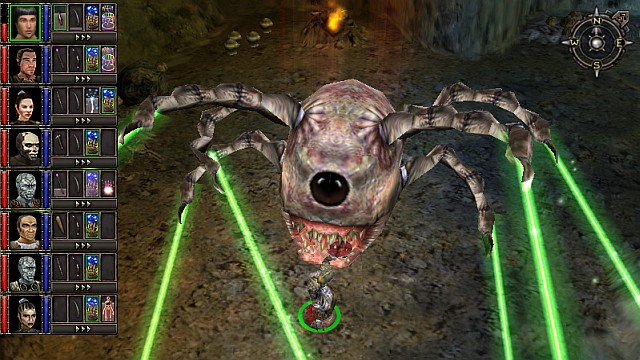13. Dungeon Siege. 25 Best Hack'n'slash Games - Devilishly Good List!

- 25 Best Hack'n'slash Games - Devilishly Good List!
- 25. Victor Vran
- 24. Diablo Immortal
- 23. Shadows: Heretic Kingdoms
- 22. Book of Demons
- 21. Dungeon Siege II
- 20. Torchlight
- 19. Sacred
- 18. The Incredible Adventures of Van Helsing II
- 17. Last Epoch
- 16. Nox
- 15. Darksiders: Genesis
- 14. The Incredible Adventures of Van Helsing
- 13. Dungeon Siege
- 12. Warhammer 40,000: Inquisitor - Martyr
- 11. Wolcen: Lords of Mayhem
- 10. Bastion
- 9. Titan Quest: Anniversary Edition
- 8. Hades
- 7. Torchlight 2
- 6. Diablo
- 5. Diablo 3
- 4. Grim Dawn
- 3. Diablo 4
- 2. Diablo 2
- 1. Path of Exile (PoE)
13. Dungeon Siege

Here is the second representative of the Dungeon Siege series in our list. A few pages ago we wrote about clones of Blizzard's creation, trying to replicate the success of Diablo II at the dawn of the 21st century. Chris Taylor, who at the Gas Powered Games studio guided the work on Dungeon Siege released in 2002, is definitely one of those more talented imitators - and only partial imitators, because Taylor wasn't afraid to enrich his product with many original ideas. Which, by the way, gave the game a place in the pages of history.
The story is about a land of fantasy known as Aranna, specifically one of its kingdoms, bearing the name Ehb. You play as a... farmer. Our farmer is one day forced to reclassify as a hero when his fertile patch of land is trampled by a local variety of orcs - Krugs. The protagonist deals with the invaders and then sets out into the world, initially to seek aid for the people from his parts, and eventually to provide that aid himself, leading the bravest inhabitants of Ehb to fight an ancient evil.

Yes, you heard right - "leading." Dungeon Siege is an absolute record holder among hack'n'slash games when it comes to the number of controlled characters. We can have as many as eight characters under the command. For this reason, in some respects, the game resembles a strategy more than a role-playing game - we have an active pause and a few formations and tactics to set up. However, each character has their own identity, inventory, and skills. Fortunately, micromanaging the whole gang doesn't consume dozens of hours, thanks to the fact that Gas Powered Games implemented a very simple - even for a hack'n'slash - character development system.
Using a specific type of weapon gradually improves its effectiveness and the attribute attached to it (strength, agility, or intelligence) - that's the whole concept, there isn't even a class division. This allows, the player to focus on the essentials - experiencing the adventure, which is about cutting through ranks of monsters in various landscapes of Aranna.
As hinted a few pages earlier, Dungeon Siege II, released three years later in 2005, limited the number of controlled characters to six (and that's only at the highest level of difficulty), partially abandoning the pseudo-strategic aspect of the gameplay. For this reason, the prequel to this day remains a creation unique in its genre. The graphics, although fully three-dimensional, and even though they were once breathtaking, more than two decades after the release can give the more aesthetically sensitive players a hard time.